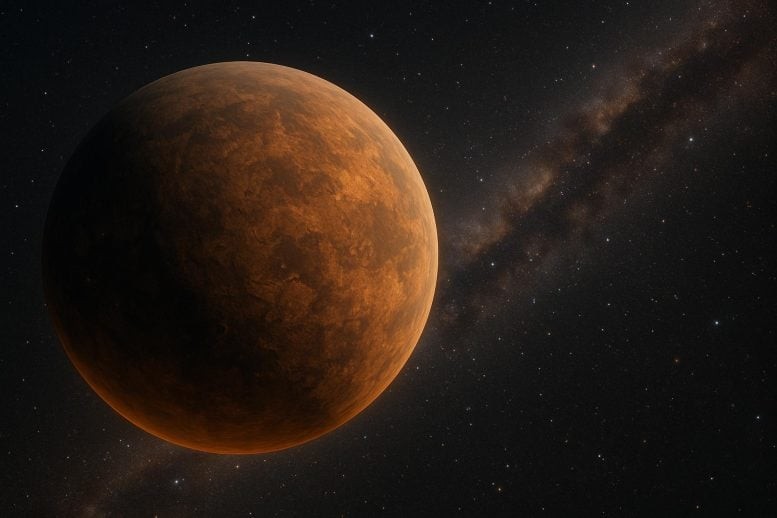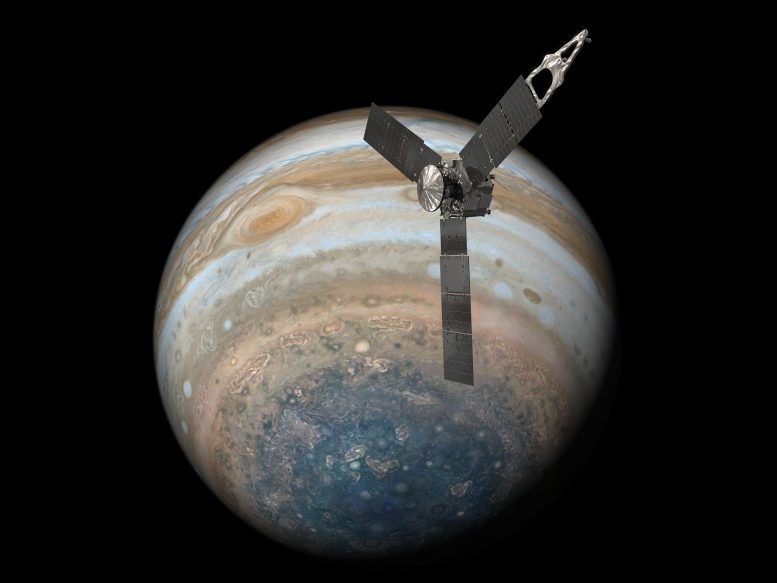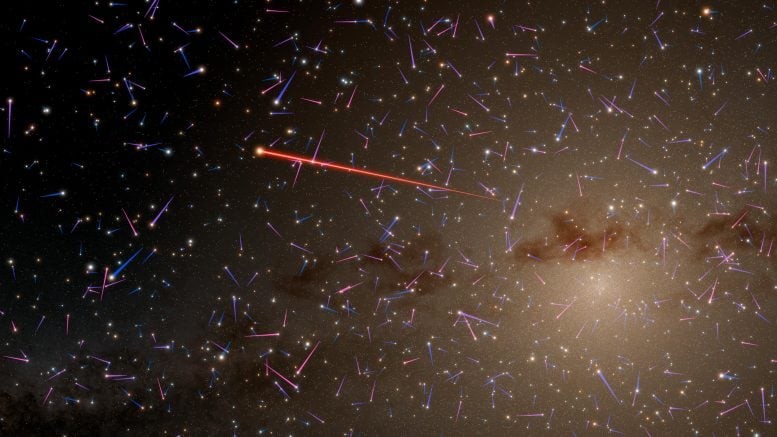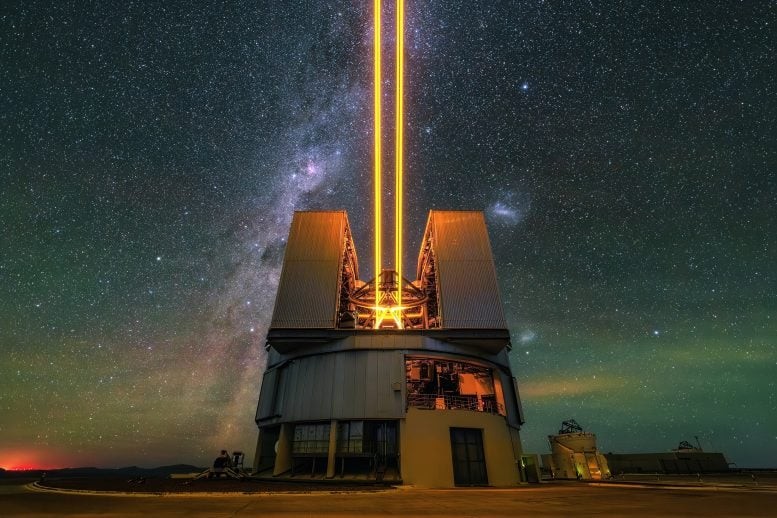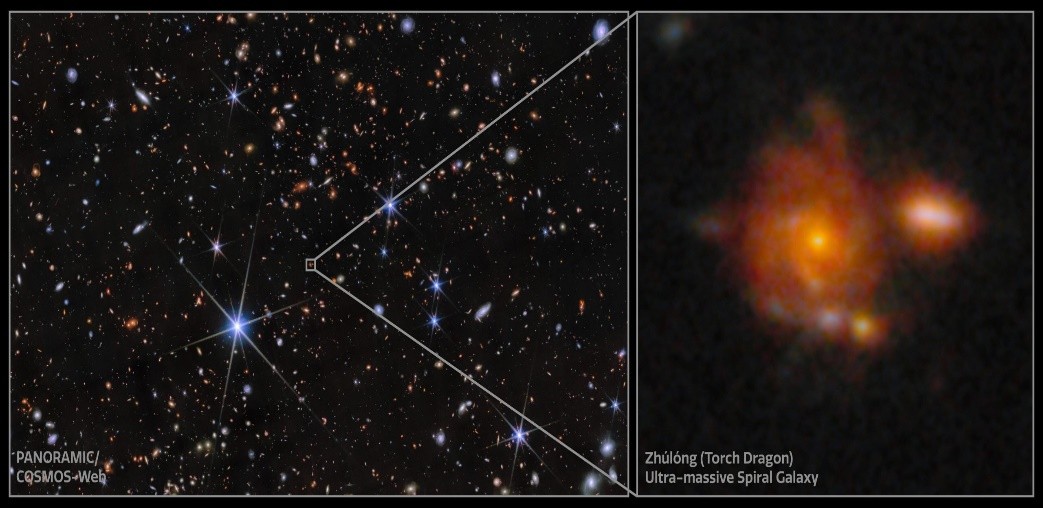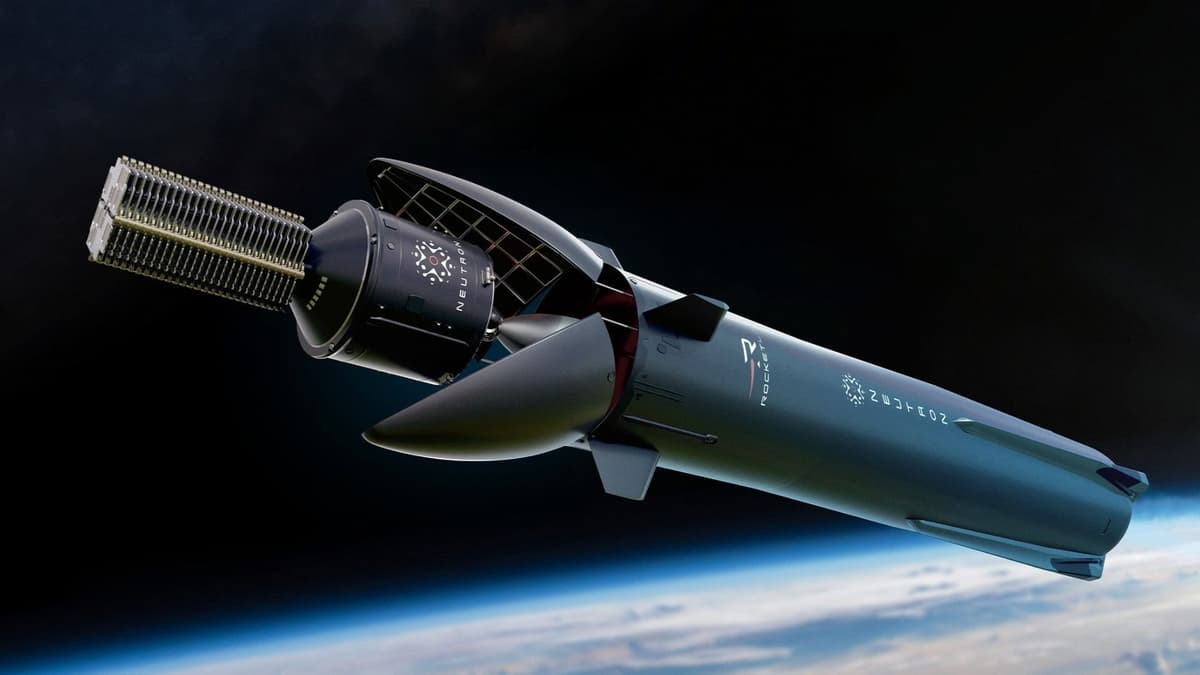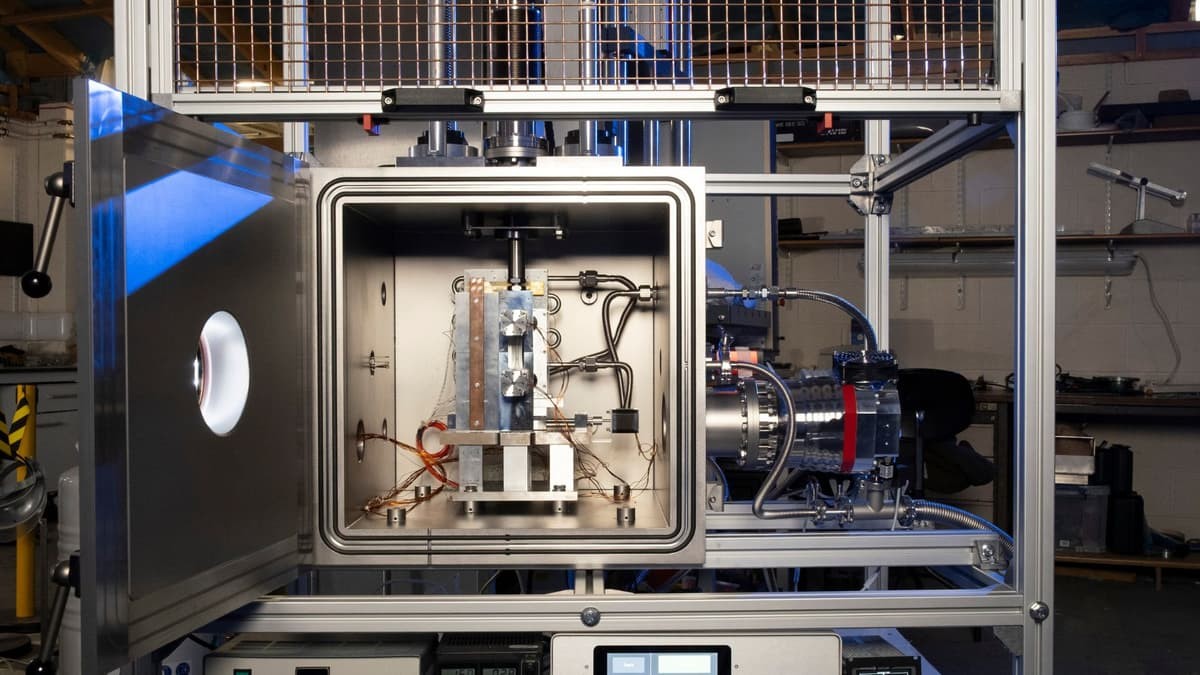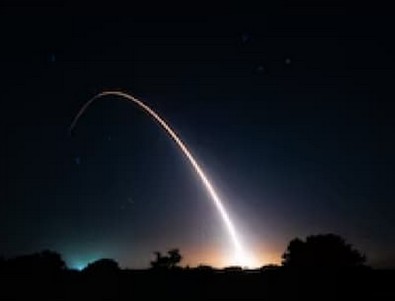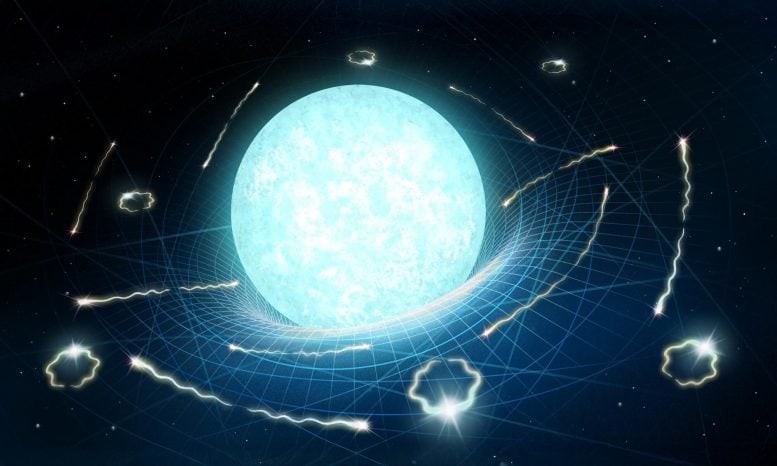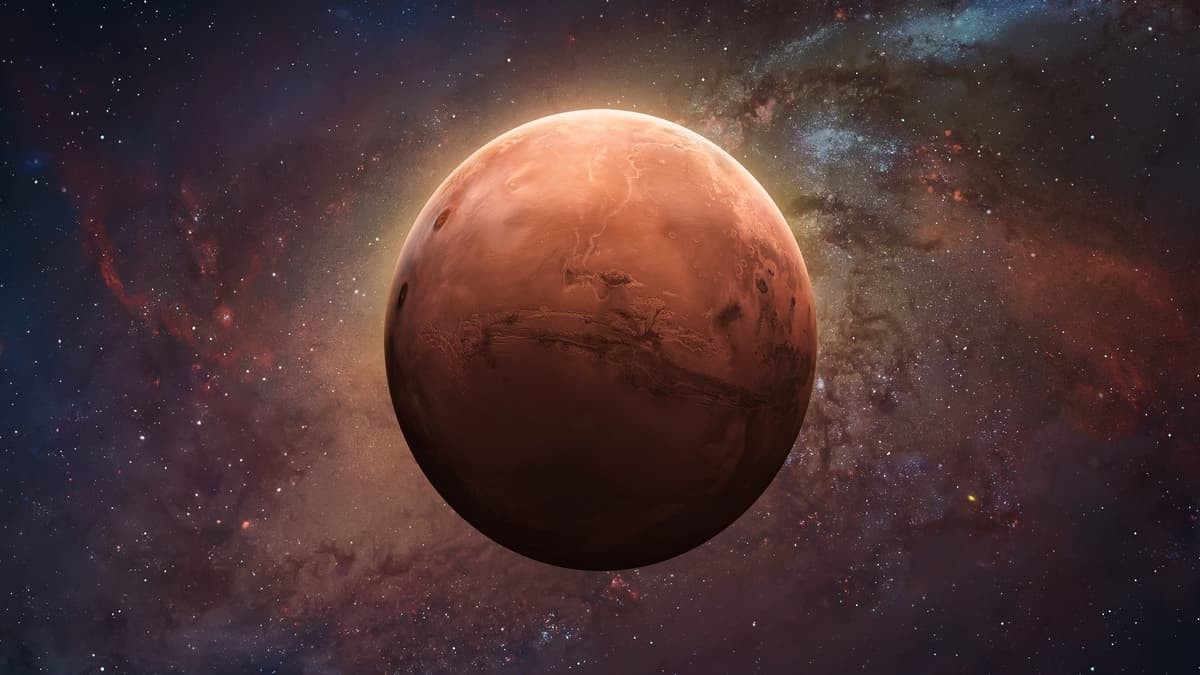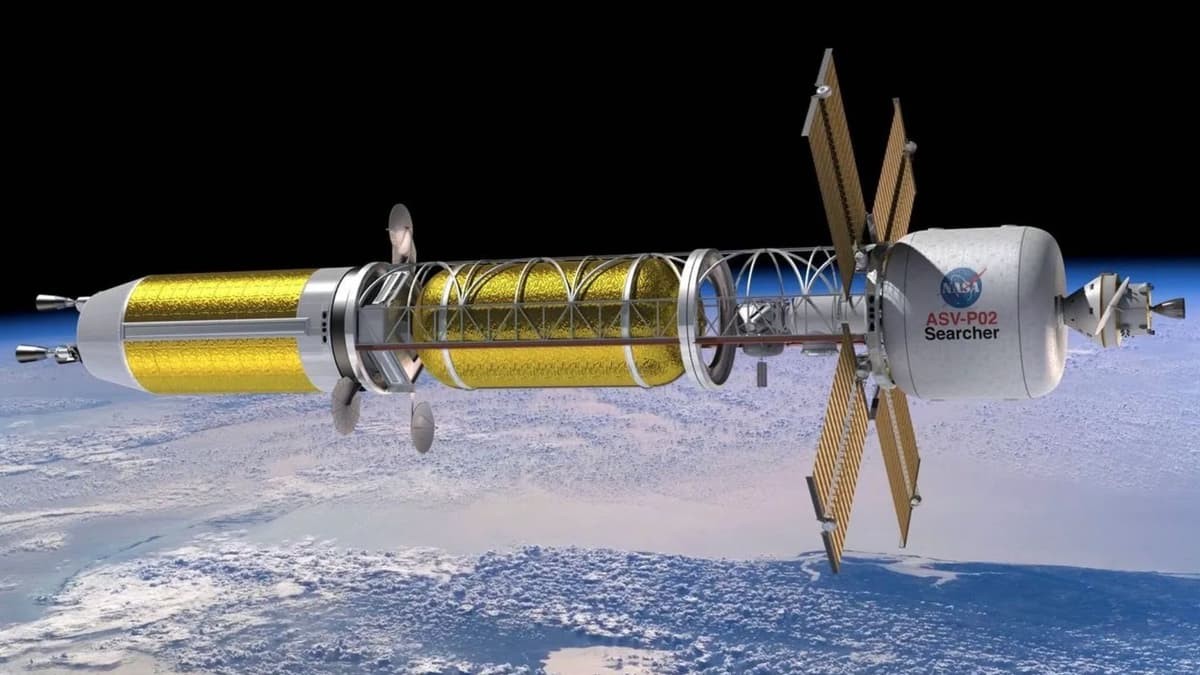Space Startup Reveals Full-Scale Prototype of Lunar Excavator Designed to Harvest Helium-3 From the Moon
Industrial equipment manufacturer Vermeer, based in Iowa, has introduced a full-scale prototype of a lunar excavator developed in collaboration with space resources startup Interlune. The cutting-edge vehicle is designed to extract valuable materials like helium-3 from the Moon’s surface.
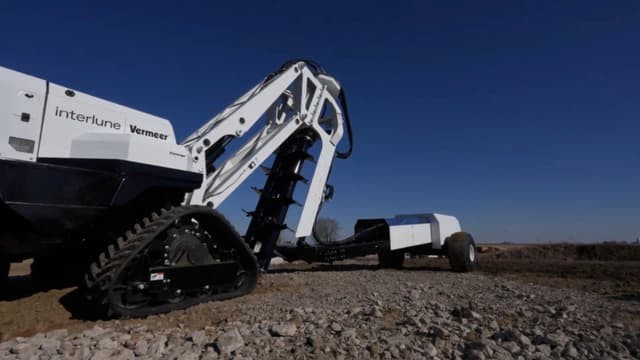
Figure 1. A Full-Scale Prototype of the Interlune Excavator.
This ambitious venture could have far-reaching implications for the future of technology and energy on Earth. Helium-3, a rare isotope here, is believed to be abundant on the Moon, embedded in its regolith after billions of years of exposure to solar wind. Figure 1 shows A Full-Scale Prototype of the Interlune Excavator.
Highly sought after for its use in semiconductor production, fiber optics, superconductors, and potentially in nuclear fusion—often dubbed the ‘Holy Grail’ of energy—helium-3 could be a key resource for future clean energy solutions. With Earth's helium supplies dwindling, the tech and energy industries are increasingly eyeing extraterrestrial sources.
Interlune, a lunar mining startup supported by NASA and the U.S. Department of Energy, is positioning itself to lead this effort. The Vermeer-Interlune excavator is engineered to autonomously dig and process up to 100 metric tons of lunar soil per hour, extracting helium-3 and preparing it for transport back to Earth [1]. Built to withstand extreme lunar temperatures and vacuum conditions, the machine sets a new standard for durability and performance in space-grade equipment.
“When operating on the Moon, reliability and performance must exceed anything we’ve seen before,” said Rob Meyerson, CEO and co-founder of Interlune. “Vermeer’s 75-year history of innovation makes them the ideal partner for this groundbreaking work.”
Vermeer and Interlune aren't alone in the race. Japanese industrial titan Komatsu is also developing fully electric lunar excavators, recognizing that internal combustion engines are unviable on the Moon due to the lack of oxygen. Komatsu showcased its concept at CES 2025, with a focus on extreme thermal management and electrification systems to handle lunar temperatures ranging from +110°C to -170°C.
While Komatsu had an early lead, Vermeer and Interlune’s full-scale prototype suggests they may now be ahead. Their machine boasts a higher excavation capacity, greater financial backing, and strong government support. Interlune aims to launch its first lunar mission by 2030.
“Excavating helium-3 at the scale needed for commercial use has never been done before,” said Gary Lai, Interlune co-founder and CTO. “Vermeer took on this bold challenge with urgency, and we’re very encouraged by the progress and testing outcomes so far.”
Both Vermeer and Komatsu’s initiatives signal the beginning of lunar industrialization—a new era comparable to the early days of deep-sea exploration or terrestrial oil drilling, but unfolding off-world.
Reference:
- https://interestingengineering.com/innovation/us-startup-prototype-excavator-helium-3-moon
Cite this article:
Keerthana S (2025), Space Startup Reveals Full-Scale Prototype of Lunar Excavator Designed to Harvest Helium-3 From the Moon, AnaTechMaz, pp.387


